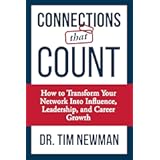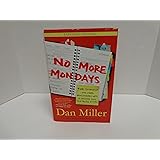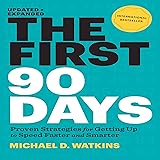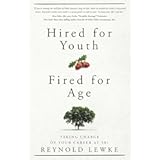Have you ever tried to open an old file, only to find it’s unreadable? Or perhaps you’ve stumbled upon a disc that your modern computer can’t even recognize? This common frustration highlights a critical challenge in our digital age: digital heritage preservation. As we delve into the important topic discussed above, it becomes clear that safeguarding our digital past is a pressing concern for our future.
Every day, we create vast amounts of digital information. This ranges from personal photos to scientific research. It includes government records and cultural artifacts. This “digital heritage” is precious. We must protect it.
Understanding Digital Heritage Preservation
What exactly is digital heritage preservation? It is more than just saving files. It means ensuring that digital information remains accessible. It must also be understandable and usable over very long periods. Think of it like a librarian. They preserve ancient scrolls. They ensure future generations can read them.
Our digital world lacks permanence. This might seem counterintuitive. Bits and bytes feel robust. Yet, they are surprisingly fragile. They are tied to specific technologies. These technologies quickly become outdated. This creates a constant battle for archivists. They work to keep our digital records alive.
Digital archiving isn’t just for libraries. It impacts everyone. Our memories, our history, our knowledge – all depend on it. It ensures our digital assets have a future.
The Challenge of Technological Obsolescence
One primary issue in digital preservation is technological obsolescence. This means technology quickly becomes old. Imagine trying to play a VHS tape today. Many people lack the player. The same happens with digital formats. Software updates, hardware evolves. Old files can become stranded. They are trapped in unreadable formats.
Formats change rapidly. This creates a constant struggle. We need to ensure long-term readability. A document created ten years ago might use old software. Without conversion, it might be lost forever. This is like trying to read a book in a language nobody speaks anymore. The information is there, but inaccessible.
This rapid change poses a significant threat. Important historical data could vanish. Personal memories could fade into unreadable code. Active management is essential here. We cannot simply store digital items and forget them. They need constant care.
Beyond Simple Storage: Ensuring Long-Term Access
The discussion highlights a key point. Storage is only one part of the equation. We need to ensure data remains intelligible. It must also be usable for future generations. Putting a book on a shelf is storage. Ensuring people can find it and understand its language is access.
Effective digital heritage preservation goes further. It involves active strategies. These strategies ensure continuing access. It’s about more than hard drives. It includes understanding the context of the data. This means capturing metadata. Metadata describes the data. It tells us who created it, when, and why.
Think of it as labels on a vast library. Without labels, books get lost. Without metadata, digital files become meaningless. We must ensure the data makes sense. We must also ensure people can interact with it. Long-term access requires active planning. It needs ongoing effort.
Strategies for Future-Proofing Our Digital Data
So, what can we do to preserve our digital past? Archivists use several key strategies. These help combat the challenges of digital preservation. They work to keep our digital assets safe.
One strategy is **migration**. This means moving data from old formats to new ones. It is like translating a book. We update the language. The content remains the same. But the format is current. This requires ongoing work. We continuously update files.
Another approach is **emulation**. Emulation recreates an old computing environment. It runs old software on new machines. This lets us access old files. It is like building a museum. The museum displays old technology. This lets us interact with it.
Using **robust, open formats** is also crucial. These formats are less likely to become obsolete. They are widely supported. They ensure greater longevity. This is like writing in a universal language. More people can understand it. These open standards provide a solid foundation.
Finally, we need **community collaboration**. Standards and best practices are vital. Experts share knowledge. They develop common solutions. This collective effort strengthens digital archiving. It builds a more resilient digital future.
Digital heritage preservation is a shared responsibility. It requires vigilance and proactive planning. We must actively manage our digital records. This ensures their accessibility for future generations. We create digital artifacts daily. These artifacts tell our story. We must protect them. Our collective future depends on safeguarding our digital past. Long-term access to digital information is key.









